
What to do in Madrid in 2 days Visiting Madrid in two days is a truly complicated task considering the city’s numerous attractions: incredible buildings,
What would a trip be without those little reminders that transport us to somewhere else on the planet? If you are someone who loves coming home with a suitcase full of gifts and souvenirs, this post is written especially for you.
But we’re not talking about those dime-a-dozen “Made in China” souvenirs that you can find in any old shop. As an authentic local business ourselves, in this post, we want to show you some of the local artisans and family businesses who are keeping the tradition alive.
If you want to know more about Madrid, its history, its traditions, etc., make sure you book our Madrid Free Walking Tour. Every day at 10:45 a.m. at Puerta del Sol. Look for the green OGOTOURS umbrellas.
Since the 18th century, Spain has been one of the greatest producers of abanicos, or fans, in Europe. In fact, the southern city of Cádiz is home to the only school in the world where you can learn the trade of fan making.

Luckily, this long Spanish tradition has one of its master artisans right here in Madrid, at Casa Diego. Honestly, it’s hard to find businesses like Casa Diego in the 21st century. Here, you’ll find true works of art, such as artisan fans made from silk and painted by hand. In addition to fans, Casa Diego also offers all sorts of women’s accessories, like shawls, combs, parasols, etc.
Where?
Flamenco has always played a very important role in Spanish culture and folklore. This musical style emerged in the 18th century in southern Spain, and from there, spread to different parts of the country, including Madrid. With this in mind, why not take a little piece of Spanish culture home with you?

At specialty shops, you can find all sorts of accessories, such as castanets, flamenco shoes, Manila shawls, etc. Obviously, the prices of these products will vary widely depending on whether they are designed for beginners or experts.
Where?
Madrilenians are popularly known as “chulapos”. During city festivals, like May 15 (Day of San Isidro) or November 9 (Day of La Virgen de la Almudena), the city fills with people dressed in traditional Madrilenian costumes.
Talking about these traditional garments, there is one essential piece, the boina de chulapo, a sort of beret-style cap also called “parpusa”. This boina is made from fabric with small white and black squares. Also, this boina has a small visor in the front, which really makes it stand out.
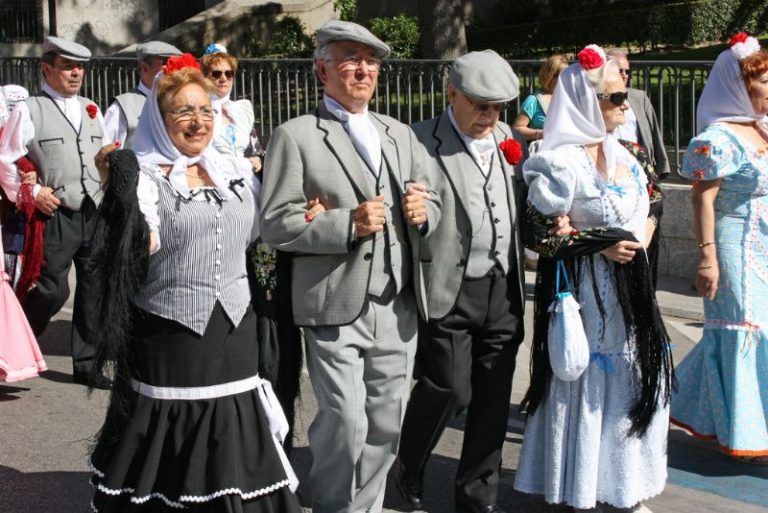
In the old part of the city, there are traditional hat makers, some of which have been in business for more than 100 years, and where you can buy an authentic boina de chulapo.
Where?
Although the mantón de Manila or Manila shawl is a garment associated with flamenco, it is also an element of folk dress. For local festivals, Madrilenian women wear traditional dresses (long, with fitted bodices) and a Manila shawl over their shoulders.
This shawl is made from silk and decorated with bright colors, flowers, birds, etc. A long, thin fringe decorates the edges of the shawl all the way around.

The Manila shawl has its origins in China. From there, the shawl reached Manila, capital of the Philippines (a territory of Spain until 1898). Trade between Spain, the Americas and the Philippines brought this garment to Europe and popularized it in Spain.
Where?
Food is taken very seriously in Spain, and there are many products of excellent quality that you just can’t miss.
Saffron is one of the most beloved spices in Spain because of the unique flavor and rich color it adds to dishes. In fact, it is considered the most expensive spice in the world. A kilogram of Spanish saffron costs approximately €5000.
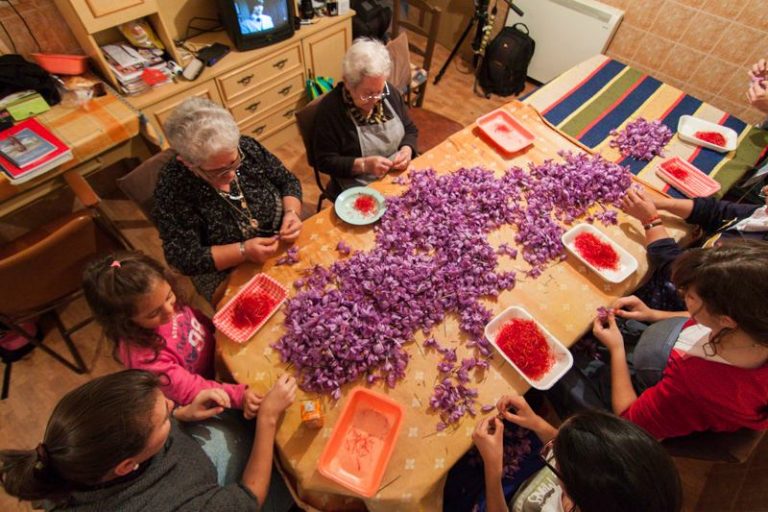
Another genuinely Spanish product is olive oil. Spain is the number one country in the world in olive oil production. There are tons of brands and varieties of olive oil, with the most admired being extra virgin olive oil. This oil is used by Spaniards to dress salads and even in cooking.
Spain’s beverage par excellence is wine. All over the country, there are hundreds of thousands of vines planted which produce some of the best wines in the world. The dry climate and huge variation in temperature between winter and summer help create an excellent quality grape. In order to protect the quality of Spanish wines, D.O.P. (Denominación de Origen Protegida, or Protected Designation of Origin) were created. Producers who adhere to any of the D.O.P. commit to maintaining the quality of the product and to respect the traditional winemaking process. Always look for the “Denominación de Origen Protegida” seal on the bottle.

Around Christmastime, shops fill up with the famous turrón (nougat) in different flavors. In Spain, we have a long tradition of turrón, especially in the eastern part of the country (Valencia and Alicante). Turrón is a sweet made with toasted almonds, honey and egg. These ingredients were very common in Arabic desserts, who were on the Iberian Peninsula for centuries. The most renowned turrón comes from a small town in the province of Alicante, called Jijona.
Finally, we would like to recommend the traditional caramelos de violeta. These candies were introduced to Madrid by King Alfonso XIII, who learned about them in France. In fact, they say that the king always bought two boxes of candies: one for his wife, and the other for his mistress. As the name suggests, these candies are made with essence of violet flowers, which give them their beautiful color.
Where?
We hope this post helps you in your complicated task of choosing the right gifts. If you’re traveling to Madrid and have any questions or need some information, please feel free to contact us at info@ogotours.com / +34 660 594 952 (WhatsApp available).

What to do in Madrid in 2 days Visiting Madrid in two days is a truly complicated task considering the city’s numerous attractions: incredible buildings,
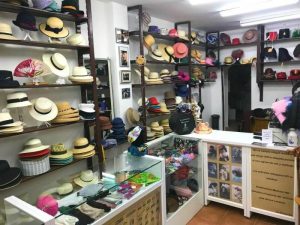
Tradional Shops in Madrid: Centuries-Old Family Businesses As a small local business, we love traditional shops in Madrid that keep their traditions intact from generation to
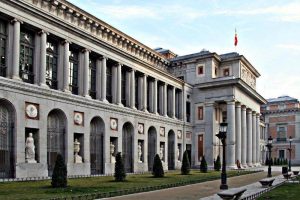
Free Things to Do in Madrid Despite the fact that Madrid is one of the largest and most visited cities in Europe, the Spanish capital
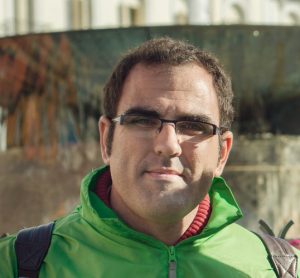
Hola! My name is Javier Redondo, tour guide in Madrid for more than 8 years.
As a good "Madrileño", I love football (I support Atlético de Madrid), eating tapas and walk the cobblestone streets of old Madrid 🙂
This Madrid blog is where I share tips on popular attractions, local food and off-beat spots.
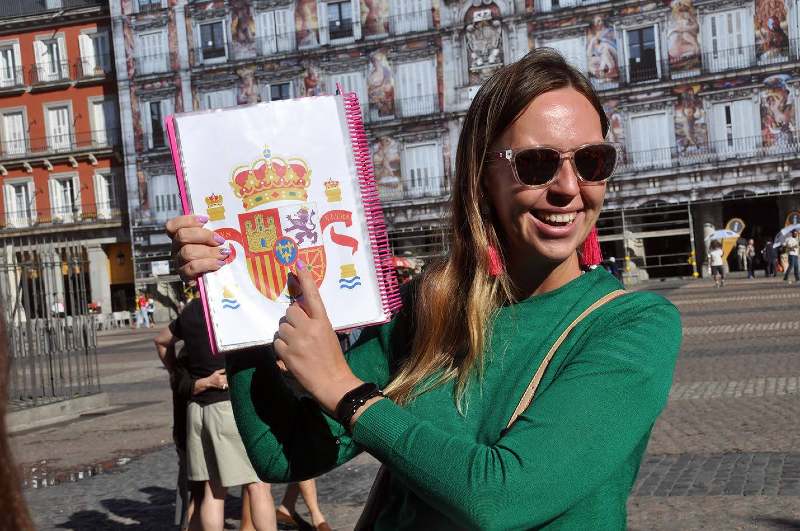
Based on 1000+ reviews
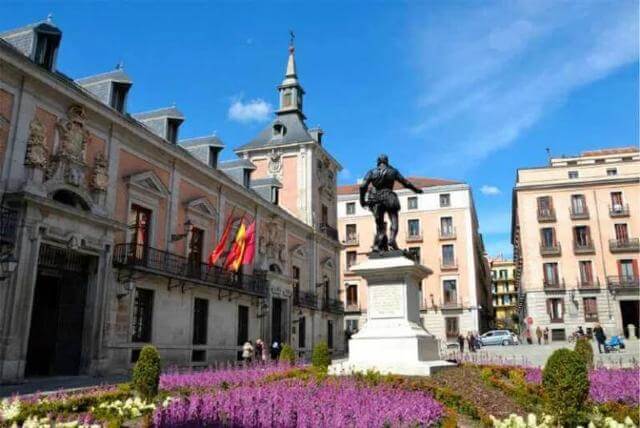

Copyright © OgoTours Madrid 2013-2023
OgoTours is a 100% local company. And as such, we are proud to do our bit to preserve the traditions and spirit of the city. Our goal is to help you experience Madrid like a local.
Tax Identification Number: 46890705F
If you need any additional information about our services, do not hesitate to contact us. We will be happy to answer all your questions.
Are you travelling around Spain? We are a proud member of Discover Our Cities. This network is made up of local tour opertators that share the same philosophy about tourism. All companies involved in this proyect have something in common; we are focused on offering 100% local and genuine experiences.
Our most popular posts:
The best panoramic views in Madrid
Our groups are now limited to 10 people, therefore it is required to book your spot in advance.
Mandatory use of face masks for guides and customers. Following the Spanish legislation, the wearing of face masks in all public spaces is obligatory.
When available, we highly recommend to maintain 2-meters social distancing between all the participants of the tour.
All our guides will be carrying hand sanitizer during the tour and it will be available during the whole route for you.
You will hear the explanations perfectly, as your guide will be carrying a voice amplifier.
You don´t need to print out your tour confirmation (just in case keep the email confirmation on your phone). Your name and last name will be enough for the guide to complete the check-in process.